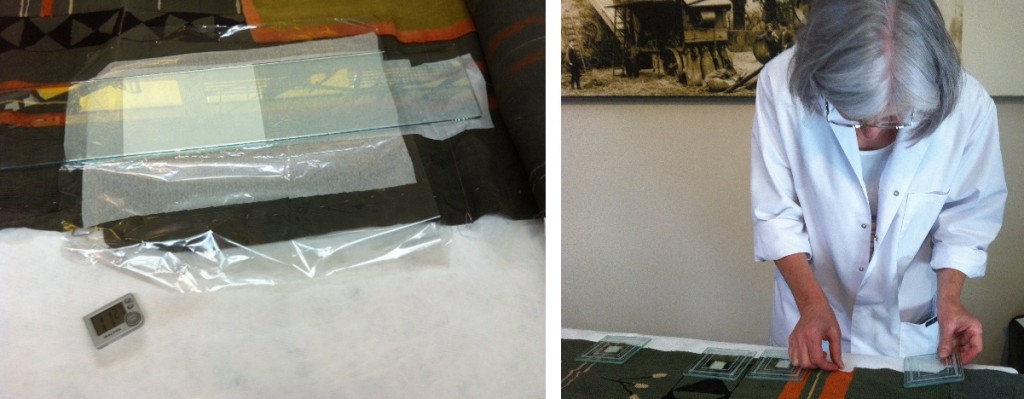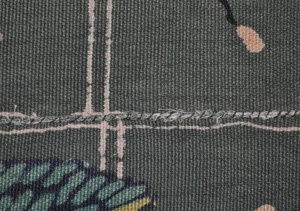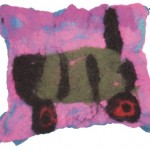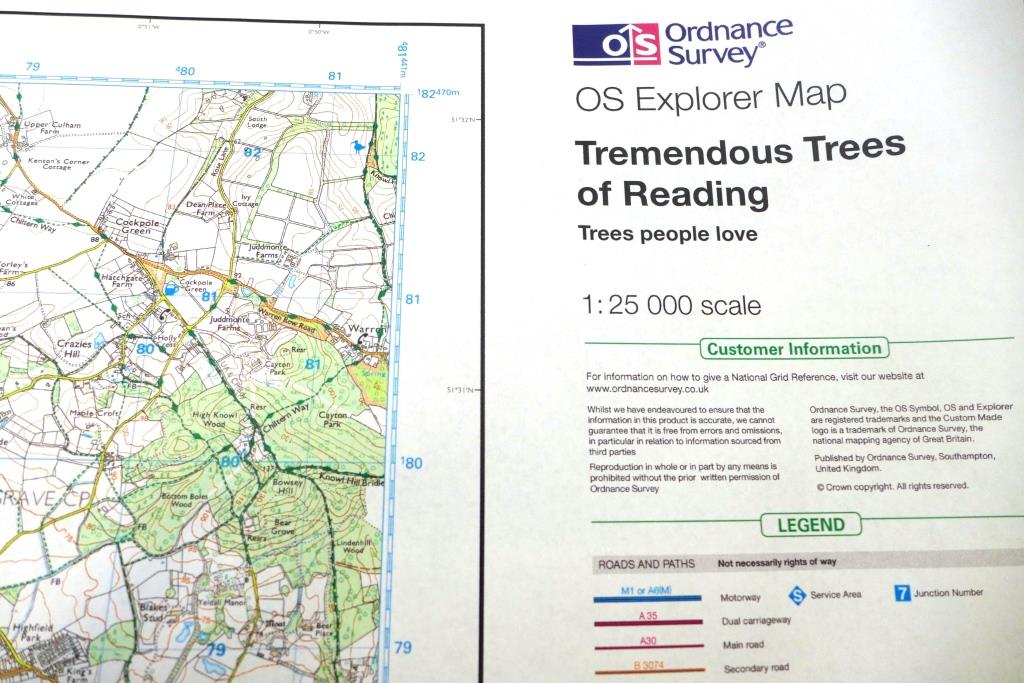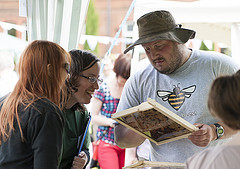Our July meeting marked the fourth anniversary of the Rural Reads book club. For four years we have been reading books with a rural theme or setting that have spanned countries and historic periods, covering farming practices, rural lives and countryside themes. The rural theme has not been at all restrictive and the books we have read have been incredibly varied, always provoking different reactions. In this post some of the members share their personal highlights from the past four years.
 Robert Davies, Volunteer Coordinator: For me there are three books that stand out. The first book I read at book group was Germinal by Emile Zola. I am an avid reader and fan of Zola so this book was already a winner for me. I like Germinal because of vivid scenes of the mining countryside in the North of France, the one scene I always remember is the lowering of a horse into the mine shaft. This book is about the poverty of the working class, the violence and unpredictability of a starving mob and how political ideals such as Marxism were infiltrating the working class.
Robert Davies, Volunteer Coordinator: For me there are three books that stand out. The first book I read at book group was Germinal by Emile Zola. I am an avid reader and fan of Zola so this book was already a winner for me. I like Germinal because of vivid scenes of the mining countryside in the North of France, the one scene I always remember is the lowering of a horse into the mine shaft. This book is about the poverty of the working class, the violence and unpredictability of a starving mob and how political ideals such as Marxism were infiltrating the working class.
The second book I thoroughly enjoyed was Lorna Doone by R.D.Blackmore. For me Lorna Doone epitomized the rural novel; the descriptions of looking after and caring for livestock were endearing and it goes into depth about using the tools we have on display at MERL. Lorna Doone is also a sweeping romantic novel, with duels, fights and passion.
My third and final choice is very different – The Dirty Life: A story of Farming and Falling in Love by Kristan Kimball. When I received this book through the post I thought “I am not going to enjoy this”; within ten pages I was gripped and finished the book within 24 hours. It’s an autobiographical account of a journalist who falls in love with a farmer and they make a new life together. It’s a book that I have since bought as a gift for many people and would recommend to many more.
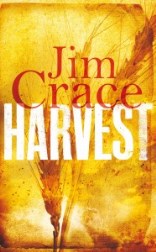 Adam, Project Officer at MERL and member of Rural Reads: “My favourite part of Rural Reads is how so many of our books give a context and setting for the objects here at MERL. Reading about the tools, equipment and everyday objects being used in a living landscape full of characters and communities brings out the significance and depth of the collection in a more entertaining way than many of our object records (good as they are!). To this end, I’ve really enjoyed Harvest by Jim Crace, which explored the impact of enclosure on a superstitious rural community, and Lorna Doone by R.D. Blackmore, which managed to be both realist in its presentation of living in Dartmoor but also Disney-esque in its romantic plotline.”
Adam, Project Officer at MERL and member of Rural Reads: “My favourite part of Rural Reads is how so many of our books give a context and setting for the objects here at MERL. Reading about the tools, equipment and everyday objects being used in a living landscape full of characters and communities brings out the significance and depth of the collection in a more entertaining way than many of our object records (good as they are!). To this end, I’ve really enjoyed Harvest by Jim Crace, which explored the impact of enclosure on a superstitious rural community, and Lorna Doone by R.D. Blackmore, which managed to be both realist in its presentation of living in Dartmoor but also Disney-esque in its romantic plotline.”
Dr Jeremy Burchardt, Associate Professor in History, University of Reading: ‘Rural Reads is a great addition to the cultural scene in Reading. I’ve really enjoyed the discussions I’ve been along to and it has introduced me to a number of books and authors I might not have come across otherwise. Happy Birthday Rural Reads and long may you continue to flourish!’
 Janice Woodings, volunteer and member of Rural Reads: “I have very much enjoyed the book club during the couple of years I’ve been coming along. It has introduced me to books I wouldn’t have known about or read otherwise – and I’ve enjoyed/appreciated most of the titles. As our discussions show, there’s rarely (if ever) perfection in writing and literature. Great bonus when – for Miss Read and Graham Swift titles, for example – relevant objects and writings from the museum and special collections were made available for us to look at, adding to the appreciation of the topics, author’s life, etc. It’s a good discipline for me to know I should aim to finish a book for our discussion – just 4 weeks away. Too often – though I love books and reading – when I’m left to my own devices – I just find the solitary side means I take far too long to finish a book these days. That spoils the enjoyment. It’s always good to have company – even fleetingly. I love the atmosphere and setting – in the museum or garden – for discussions. And always appreciate the tea/biscuits/cake to accompany the chat! As with volunteering in the University’s Special collections, I’ve met plenty of lovely people. So I now know lots more people I wouldn’t have met otherwise…
Janice Woodings, volunteer and member of Rural Reads: “I have very much enjoyed the book club during the couple of years I’ve been coming along. It has introduced me to books I wouldn’t have known about or read otherwise – and I’ve enjoyed/appreciated most of the titles. As our discussions show, there’s rarely (if ever) perfection in writing and literature. Great bonus when – for Miss Read and Graham Swift titles, for example – relevant objects and writings from the museum and special collections were made available for us to look at, adding to the appreciation of the topics, author’s life, etc. It’s a good discipline for me to know I should aim to finish a book for our discussion – just 4 weeks away. Too often – though I love books and reading – when I’m left to my own devices – I just find the solitary side means I take far too long to finish a book these days. That spoils the enjoyment. It’s always good to have company – even fleetingly. I love the atmosphere and setting – in the museum or garden – for discussions. And always appreciate the tea/biscuits/cake to accompany the chat! As with volunteering in the University’s Special collections, I’ve met plenty of lovely people. So I now know lots more people I wouldn’t have met otherwise…
I joined the book club because I had just read Germinal and a friend said the MERL group were about to discuss it. It remains my favourite of MERL choices. William Cobbett’s Rural Rides aroused my curiosity and led to discovering more about him and his life here and in America. His life seemed to relate to another book, I was reading at the time, ‘Parrot and Olivier in America’ and I enjoyed both his book and finding out more about him.
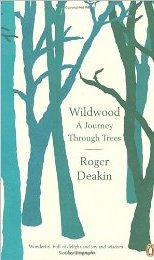 Judith Moon, Visitor Services Assistant: Over the past 4 years of Rural Reads, there are two books which stand out in my memory – for very different reasons! I think my all-time favourite title would have to be Wildwood by Roger Deakin – an English writer, documentary-maker and environmentalist, co-founder and trustee of Common Ground. I have enthused with anyone who’ll listen about Deakin’s ability to weave so much of art, history, literature and poetry into the story of the different varieties of woodland tree, not to mention his infectious enthusiasm for sleeping in woodlands – without the benefit of a tent – which I promised myself I would try at some point in my life!
Judith Moon, Visitor Services Assistant: Over the past 4 years of Rural Reads, there are two books which stand out in my memory – for very different reasons! I think my all-time favourite title would have to be Wildwood by Roger Deakin – an English writer, documentary-maker and environmentalist, co-founder and trustee of Common Ground. I have enthused with anyone who’ll listen about Deakin’s ability to weave so much of art, history, literature and poetry into the story of the different varieties of woodland tree, not to mention his infectious enthusiasm for sleeping in woodlands – without the benefit of a tent – which I promised myself I would try at some point in my life!
At the other end of my Rural Reads spectrum would have to be Germinal by Emile Zola – a book I really couldn’t finish because of its unrelenting grimness, not helped because we read it in February! However, as you’ve seen above, it was one of Rob Davies favourite books!
And finally, from an anonymous member: “I enjoy our very interesting discussions – different perspectives on different ‘reads’ (whether I have liked the book or not), sometimes leading us into uncharted territory on linked subject matter!”
As you can see, we’ve read a huges range of books and had so many fascinating discussions. You can read reviews of recent reads on this blog, and find a complete list of the books we’ve read on the Rural Reads web page.
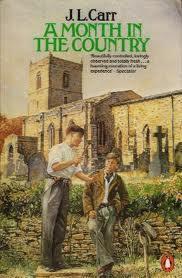 New members are always welcome – you don’t have to finish or even read the book to come along and join in the discussion. The group chooses the next book at each meeting, and suggestions are welcome from everyone.
New members are always welcome – you don’t have to finish or even read the book to come along and join in the discussion. The group chooses the next book at each meeting, and suggestions are welcome from everyone.
From the Autumn, in anticipation of the closure of the Museum this Autumn for the Our Country Lives redevelopment, we’re going to be reading books (as well as rural ones) inspired by the Special Collections, and moving our meetings into the atmospheric setting of the stunning staircase hall.
The book to read for this month, however, maintains the rural theme. Rather fittingly, we’re reading A Month in the Country by J. L. Carr, a book we first read four years ago in August 2010! Come and join us on August 28th at 5.30pm.


